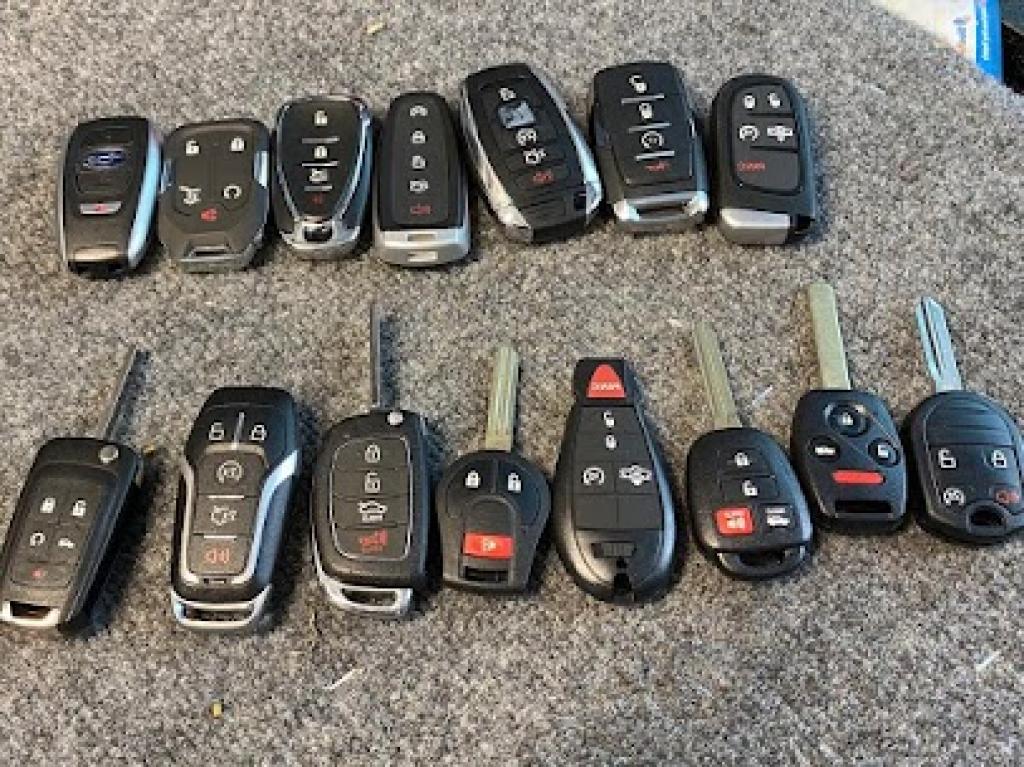Common Problems with Vehicle Ignition Systems

The ignition system of any vehicle is a critical component that plays a vital role in its operation. This essay aims to provide a fundamental understanding of the basics of an ignition system, which can assist anyone who may need to repair or maintain this crucial part of their vehicle.
The primary purpose of the ignition system is to generate a very high voltage from the car's 12-volt battery and send it to each spark plug, igniting the fuel-air mixture in the engine cylinders. This starts the engine and keeps it running.
At its core, every ignition system consists of some key components. The first is an ignition switch that turns on all electrical systems in your vehicle, including those needed for starting and running your engine. When you turn your key or press your start button, you are activating your ignition switch.
Following this is an ignition coil – this transforms the battery’s low voltage into thousands of volts necessary for creating an electric spark in the spark plugs. Then we have distributor – an older component not found in modern vehicles with electronic ignition systems – which directs high voltage pulses generated by the coil to each cylinder at just the right time.
Next are spark plugs; these convert electrical energy into sparks to ignite air/fuel mixture within each cylinder. Lastly, there’s control module/timing device that orchestrates everything; making sure electricity flows at right times and in right amounts.
Understanding how these different parts work together will be incredibly helpful when troubleshooting problems with your vehicle's ignition system. For example, if turning your key does nothing or causes no sound from starter motor, problem could lie with either ignition switch itself or associated wiring.
On other hand, if car tries to start but fails repeatedly , issue might be with one or more faulty spark plugs or even timing device/control module failing to correctly synchronize operations within system.
In conclusion, while it may seem like a complex network at first glance, breaking down function and interrelation between different ignition system components can simplify process of understanding, maintaining, and repairing this crucial part of your vehicle. This knowledge not only empowers you to better assess any potential problems but also allows more informed communication with professionals if professional help is needed. Remember, a well-maintained ignition system leads to a reliable and efficient vehicle.
